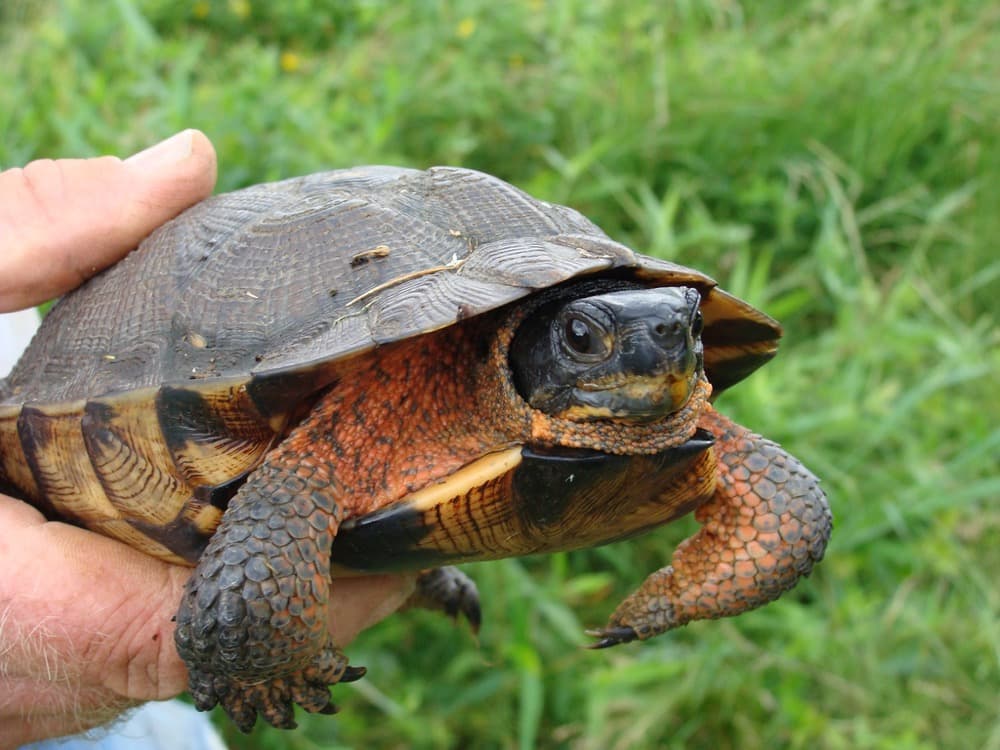
A study published in Current Biology this weekend suggests that turtle shells evolved not for protection, but for digging.
Denver Museum of Science & Nature paleontologist Dr. Tyler Lyson led the international team that published these findings, potentially putting to rest a mystery that had long puzzled researchers.
“Why the turtle shell evolved is a very Dr. Seuss-like question and the answer seems pretty obvious – it was for protection,” Lyson said in a news release.
“But just like the bird feather did not initially evolve for flight, the earliest beginnings of the turtle shell was not for protection but rather for digging underground to escape the harsh South African environment where these early proto turtles lived.”

The evolution of the shell marked an unusual departure from other animals.
Scientists had long believed the broadening of the ribcage was the proto turtle's first step toward shell evolution.
Most vertebrates have rib cages similar in shape and function to humans. A broad and stiffer rib cage interferes with movement and breathing – and yet the proto turtles' ribs began to expand close to 50 million years before the completed shell would evolve.
Eventually, the expanded ribs would become the majority of the shell. But why would turtles start to adapt this unwieldy bone structure without the protective benefits of the shell?
Well, the research suggests that the change in the ribs originally served a different purpose. Evolution didn't "know" that the ribs would become a convenient shell.
Instead, those broadened ribs improved the proto turtle's ability to dig. They exchanged mobility for the ability to burrow into the ground – protecting them, like the shell eventually would, from external threats.
These research breakthroughs came from several important new discoveries.
The turtle's evolutionary record has only recently become apparent. Until just a few years ago, the earliest known turtle specimens already had fully developed shells, according to a 2013 review of Lyson’s work on Scitechdaily. That changed in 2008 with the discovery of a fossil of Eunotosaurus, a 220-million-year-old proto turtle with a partial shell.
More recently, two of the study’s co-authors, Dr. Roger Smith and Dr. Bruce Rubidge from the University of Witwatersrand in Johannesburg, found specimens of a 260-million-year old proto turtle, Enotosaurusafricanus, again with only a partial shell.
But the most important discovery, according to Lyson, came from 8-year-old Kobus Snyman and his father. The pair dug up a 15 cm specimen skeleton with fully articulated hands and feet on their farm in South Africa.
Lyon's team see this specimen as an example of the digging adaptation. Later, that change would help turtles move into aquatic environments and ultimately survive the Permian/Triassic Extinction, according to the study.













